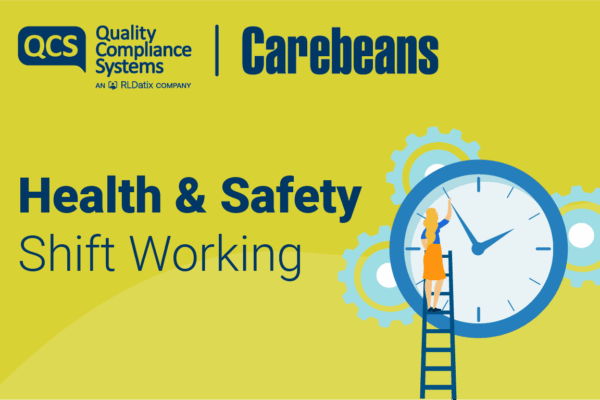Download our factsheet on ‘Adverse Weather Driving Tips’ here
DOWNLOAD NOW
Alternatively, read it here:
As we know, the weather in the UK is becoming more and more unpredictable. One thing we can usually guarantee though, is that at some point during the colder months we will have sleet and snow. Although wintery scenes are very pretty, they can certainly create their fair share of chaos resulting in hazardous driving conditions.
It is not just the colder months that present risks to driving; rain at any time of the year can be dangerous. The Met Office states that 9 out of 10 weather-related deaths and serious injuries on the roads take place in the rain. From high winds and fog, to snow and ice, all weathers can present different challenges.
Whilst sadly we can’t guarantee your safety when driving for work (or to and from work), we can certainly provide some guidance for you to follow to prepare for any eventuality. Of course, the most important thing to do before driving is to check the weather forecast and plan ahead. If the forecast is bad, you must consider if the journey is essential; could the journey perhaps be postponed, or could you work remotely?
If the journey is unavoidable, or the bad weather starts whilst you are driving, it is important to know what to do. Please see below for our top tips.
Driving in snow and ice
Before you set off:
- Consider your journey. Only travel if essential
- Make sure you have your winter car survival kit (see separate checklist for this)
- Plan your route, make sure any navigational systems needed are fully charged
- Clear any snow off the roof of the vehicle
- Clear your windscreen of snow, frost or condensation
- Clear windows using a scraper and de-icer
- Use air-con to demist your screen and reduce condensation
- Wait until your windscreen is fully demisted before setting off
During your journey:
- Set off in second gear, gently easing your foot off the clutch to avoid wheel-spin
- Accelerate gradually, using low revs
- Stick to main roads where you can
- Avoid steep hills
- Keep in mind that you may need 10 times the normal gap between your car and the car in front
- Try to avoid braking suddenly, as it may cause your wheels to lock and you could skid further
- Be extra cautious at road junctions where road markings may not be visible
If your car becomes stuck or breaks down in snow, follow RoSPA’s best practice guidance:
- Don’t leave the vehicle
- Call the breakdown service or the emergency services and wait for help
- Inform your workplace of the situation
- Don’t run the engine to keep warm
Driving in heavy rain and storms:
- Before setting off, check the weather forecast, if heavy downpours are expected, avoid starting your journey until it clears
- Where possible, use main roads as you are less likely to be exposed to fallen branches, debris and flooding
- If visibility is seriously reduced, use dipped headlights
- Roads will be more slippery than usual, so make sure you give yourself extra time to react when approaching a hazard
- Leave a gap of at least four seconds from the traffic in front of you
- Keep alert at all times as spray from other vehicles can suddenly reduce your visibility
Driving in fog:
- Before setting off make sure you know how to operate your front and rear fog lights
- Use your air conditioning to stop the windows from misting up
- If your car has automatic lights, check they are on, they may not be automatically activated in foggy conditions
- Follow the ‘two-second rule’ to leave sufficient space between you and the car in front
- If visibility is very limited, wind down your windows at junctions and crossroads to allow you to listen out for approaching traffic
- If the fog is so severe that you’re struggling to see other vehicles, switch on your fog lights
Driving in floods:
- Never drive through flood water. Turn around
- If flood water enters your car’s engine, it will lead to severe damage
- Just 30cm of moving water can float your car, potentially taking it to deeper water
- The number one cause of death during flooding is driving through flood water, so the safest advice is turn around, don’t drown
You can sign up for free flood warnings for your area here: Sign up for flood warnings – GOV.UK (www.gov.uk)
Driving in high winds:
- Gusts of wind can unsettle vehicles. Grip your steering wheel firmly with both hands, especially when planning to overtake
- Look out for gaps between trees, buildings or bridges over a river or railway, as these are places you are more likely to be exposed to side winds
- Ensure that you leave enough room at the sides of your vehicle, so you can account for it being blown sideways
The most important thing when considering driving in hazardous conditions is your safety.
Please see the Adverse Weather Policy and Procedure for more information. The Resource Centre also has a Winter Car Survival Kit Checklist and an Adverse Weather Car Maintenance Checklist for you to use.






